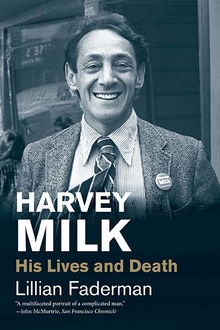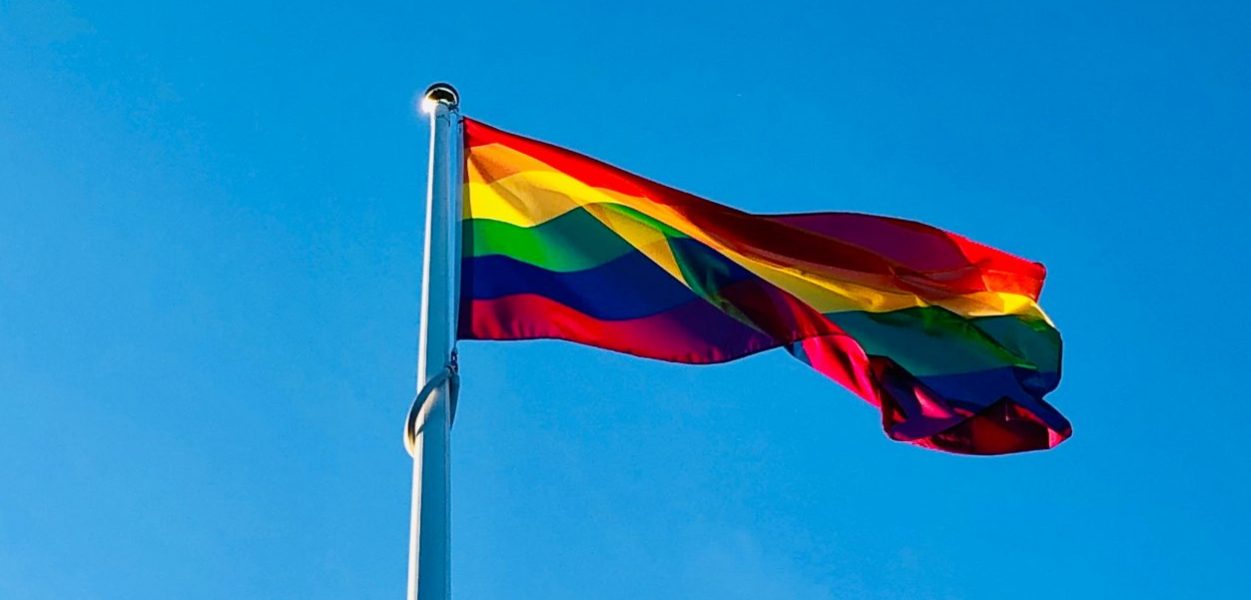Harvey Milk: His Lives and Death
Lillian Faderman—
Harvey Milk—charismatic, eloquent, a wit and a smart aleck—was one of the first openly gay men to be elected to any political office anywhere. On November 18, 1977, soon after he won a seat on the San Francisco Board of Supervisors, he made three tape recordings that he distributed to close friends. “To be played only in the event of my death by assassination,” he instructed at the beginning of each tape, though he did not keep it a secret from associates that he had made the tapes. When his irreverent young City Hall intern, Cleve Jones, learned of them, he teased Harvey: “Hey, you’re not Martin Luther King. You’re not important enough.”
Harvey was shot to death one year and nine days later by Dan White, a fellow supervisor who had complained that San Francisco was being turned into Sodom by men who would not hide their homosexuality, and that Harvey Milk was in the forefront of the city’s abhorrent transformation. The words Harvey dictated into his tape recorder in 1977 would have sounded foolishly melodramatic had he died a natural death; but with his murder they took on the weight of prophecy. “If a bullet should enter my brain,” he had said on the tape he made for his friend Frank Robinson, “let that bullet destroy every closet door.”
During Harvey’s lifetime (1930–78) most straight Americans could still entertain the fiction that they personally knew no one who was gay. He prodded his gay audiences to “come out”—to parents, friends, neighbors, fellow workers, even to “the people who work where you eat and shop.” Coming out, he exhorted in his dynamic speeches, would be the most effective way to break down the toxic lies about homosexuals that characterized them as criminals, crazies, sinners, and subversives. As he understood, once gay people came out in great numbers they could no longer be seen as grotesque strangers skulking in the shadows and ready to pounce on innocent children; they would be sons, daughters, brothers, sisters, neighbors, and friends who, most Americans would have to agree, deserved first-class citizenship.
Harvey Milk’s martyrdom and the outpouring of gay anger and sorrow that followed helped trigger what has become a steady exodus from closets everywhere. These days a majority of Americans—75 percent—say they have relatives or friends who are gay or lesbian. As Harvey prophesied, the demolition of closet doors has been the single most important factor in changing America’s hearts and minds and laws about gay people.
Harvey Milk has been dead for four decades; but his story continues to capture the popular imagination. He has been honored far beyond any other single gay figure. Tributes that would have been inconceivable during his lifetime, because they do not hide that he was a homosexual, have been heaped upon him. In 1999 Time magazine published a list of “the 100 Most Influential Individuals of the 20th Century.” Harvey Milk, the only openly gay person on the list, was included in a section called “Heroes and Icons,” along with Anne Frank, Che Guevara, Charles Lindbergh, the Kennedys, and Mother Teresa. The 1984 documentary The Times of Harvey Milk and the 2008 movie Milk, which was based on his life, won Academy Awards. In 2009 President Obama awarded him a posthumous Medal of Freedom. That same year an annual Harvey Milk Day was proclaimed by the governor of California. In 2014 the U.S. Postal Service issued a stamp with his image. In 2016 the secretary of the navy announced that a combat logistics ship would be named after Harvey, who had served in the navy, and that “his example will live on in the steel of that ship and in all those who will serve aboard her.” People who know of no other gay historical figure know of Harvey Milk. He has gone from being a gay martyr to an American icon.
From Harvey Milk by Lillian Faderman. Published by Yale University Press in 2019. Reproduced with permission.
Lillian Faderman is a distinguished scholar of LGBT and ethnic history and literature. She is the author of The Gay Revolution.
Further Reading:





